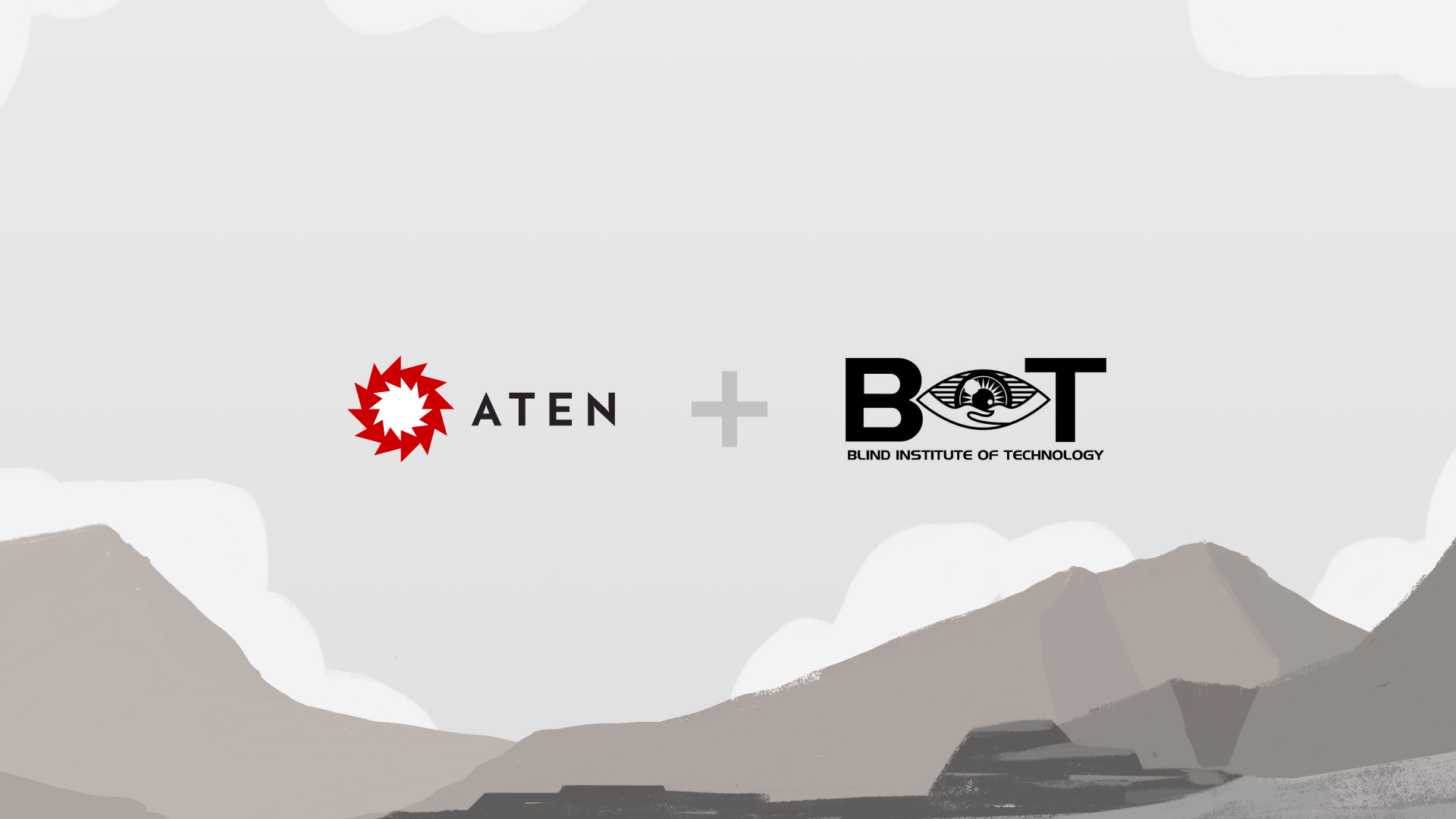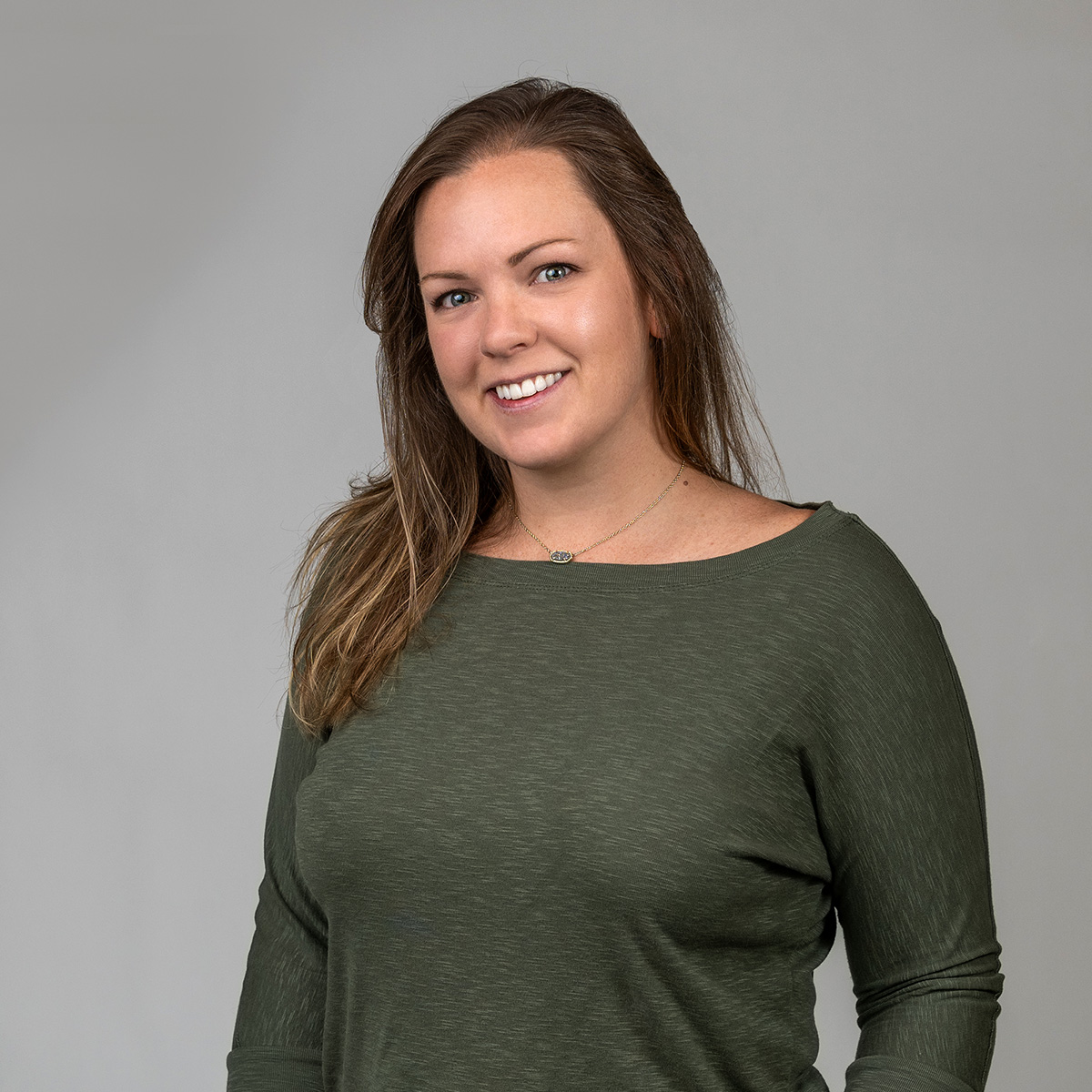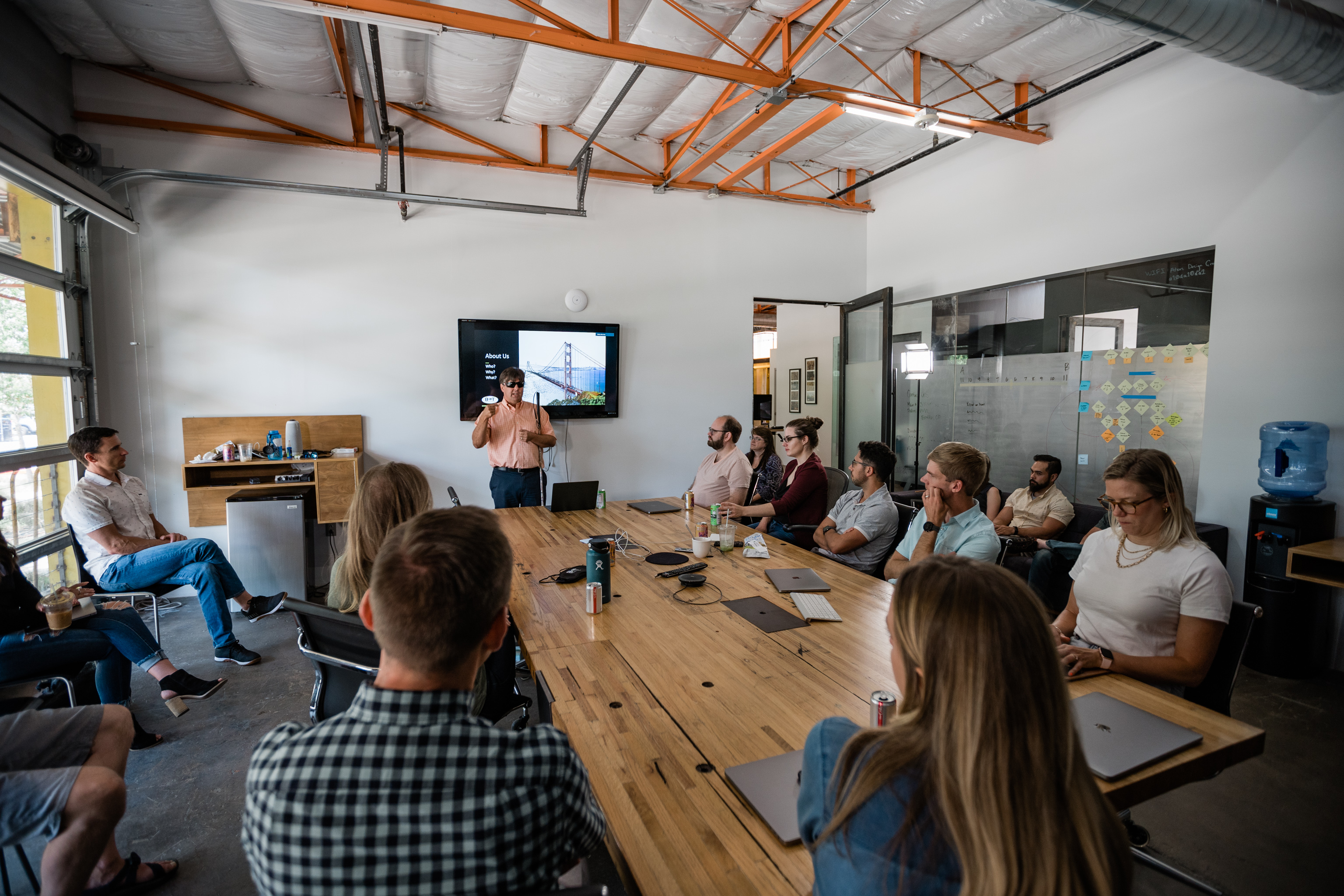
A human-centered approach to web accessibility
Accessibility looms large in my life. Growing up I was extremely close with a cousin my age who suffered from a rare form of Duchenne Muscular Dystrophy. With extremely limited mobility in her later years, it became incredibly difficult to reliably interact with various mobile assistive devices or speak loud enough for talk-to-type programs like Dragon or SIRI. She often had to resort to asking for help with homework, navigating the internet, or even just listening to music on an iPod. It frustrated her immensely. I have always wanted to relieve her of that stress.
Leading Aten’s Accessibility and Quality Assurance department over the past year and a half has been so rewarding. Not only have I been able to pursue the highest standards of web accessibility for our clients, but I’ve also been able to dive deeper into the relationship between usability and accessibility. Advocating for the highest standards of both usability and accessibility creates much needed autonomy for users with disabilities — while simultaneously improving the web experience for everyone.
When digital products are built with a keen focus on users with mobility or sensory limitations, the result is a far more robust, understandable, and usable platform for everyone. And while the myriad of online accessibility evaluators like WAVE are helping everyone dip their toes into the world of accessibility, I have long felt that working with users who by necessity utilize assistive technologies is the most important accessibility test of all.
That’s one of the biggest reasons that I’m so excited to be working with The Blind Institute of Technology (BIT), headquartered right here in Denver, Colorado.
The Blind Institute of Technology
I attended a BIT Symposium in the spring of 2018, just weeks before the WCAG 2.1 was finalized. It had been a decade since the publication of WCAG 2.0, and it seemed like the industry was finally taking a fresh interest in web accessibility and assistive technology. Listening to Mike Hess, Founder & Executive Director of BIT, speak about his background, personal life, and his journey to change stigmas and misperceptions around disabled professionals was incredibly inspiring.
Mike founded BIT to advance professional opportunities for people with disabilities. He’s built successful partnerships with Fortune 500 companies across the nation, creating value, inclusivity, and empathy that improves workforces through diversity. BIT’s impact has been impressive.
Frontier Airlines, DaVita, Sales Force, the Colorado School of Mines and others presented about their partnerships with BIT during the Symposium. Each speaker in turn talked through how — with the help of BIT and Mike Hess — they had creatively overcome limitations in their digital products or work models to introduce more accessible and more inclusive technology. More than ever before large and influential organizations were waking up to the needs of their users through real-life collaborations with the people who need accessibility technologies the most. I wanted in. It wasn’t long before I spoke with Mike about how we might support each other in our missions.
Aten & the Blind Institute of Technology: An exciting partnership
I’m so thrilled that Mike was as enthusiastic about an Aten / BIT partnership as I was. Through this partnership we’re able to inject real-world accessibility evaluations at the ground level of digital projects, share the incredible work BIT is doing on the frontier of inclusivity with our clients, and pursue an approach to web accessibility that truly keeps users at the center of the process.
We’ve been working closely together since the beginning of the year, and it has been such a productive and rewarding collaboration. BIT and Aten have already co-presented at a variety of in-person events and webinars, and we’re so excited to continue building awareness and familiarity around web accessibility. With the help of BIT’s uniquely qualified perspective and their capacity for human-centered accessibility testing we’re able to deliver incredible value to clients who have prioritized web accessibility, inclusivity, and ADA compliance. Through this exciting partnership we’re able to offer:
- Accessibility focused user testing via BIT’s uniquely qualified team of assistive technology users
- Expert guidance and custom responses to accessible code and / or accessible functionality related questions
- Assurance that your digital project is vetted by true accessibility experts from ideation through architecture, design, and development
We’ve already worked with BIT to evaluate and improve web accessibility across a host of digital products ranging in focus from grassroots political advocacy through family planning, early development, to higher education — including obtaining authorization for one client to distribute digital curriculum in Texas amidst some of the most stringent ADA requirements in the nation. I’m so excited about where this is going.
Between our partnership with BIT, the forthcoming WCAG 2.2 release (likely this summer), and our fast-growing Accessibility and Quality Assurance department — there’s a lot to look forward to from Aten on the web accessibility front.
Are you considering a new digital project or an accessibility assessment on an existing product? Let’s work together.

